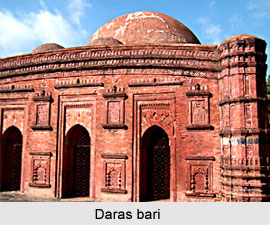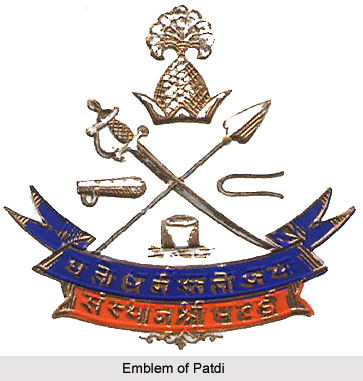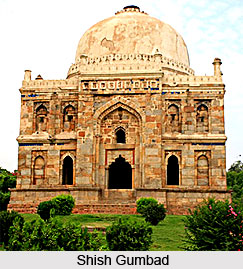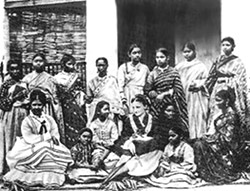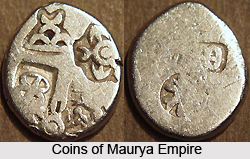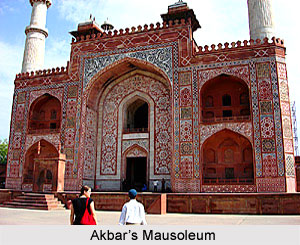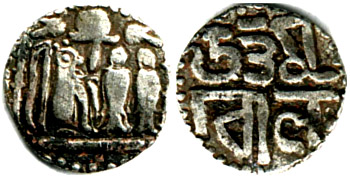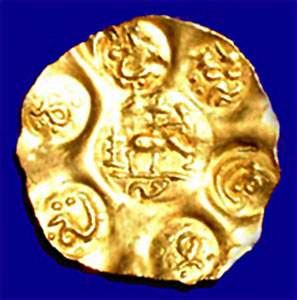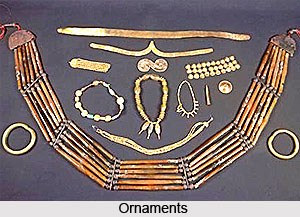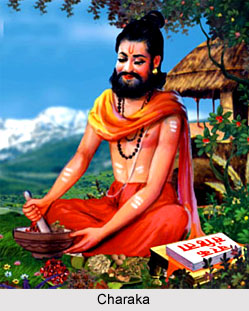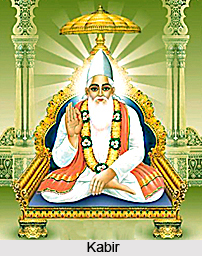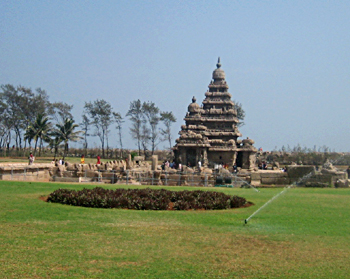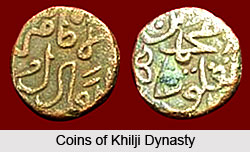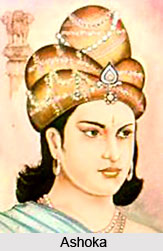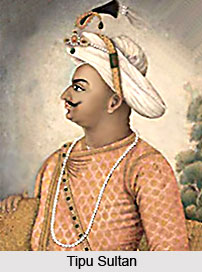 The economic policy of Tipu Sultan was made in a very organized manner and he took initiative to develop the trading relation with some other countries also.
The economic policy of Tipu Sultan was made in a very organized manner and he took initiative to develop the trading relation with some other countries also.
Since agriculture was the main sector of the pre-modern eco¬nomy of Mysore, Tipu"s major concern was naturally with agricultural improvement. An order issued by Tipu shows concern that if revenue was collected at the wrong time, this would pauperize peasants by compelling them to sell their cattle. Such untimely collections were to be avoided, and "the resource-less" peasants were to be given "taccavi" loans "in the form of cattle and grain" in order to enable them to undertake cultivation. Old canals and embankments were to be repaired, and new ones built. Similarly, old dams thrown across rivers were to be repaired, and new ones constructed.
Tipu Sultan made some regulations which were largely in conformity with the traditional principles of earlier regimes including the Mughal administration. Tipu was also interested in furthering agricultural manufac¬tures. This is shown by a very interesting order he issued for raw-sugar manufacturers to be summoned and trained in the making of candied sugar and white sugar so that they might manufacture and sell these finer varieties in their own localities. Another indication of Tipu"s farsighted innovation was the introduction of sericulture in Mysore, which was to grow later into such a successful industry. The raising of mulberry trees was assigned to particular land-farmers (talluqdars). Twenty-one centres (kar-khanas) for the culture of silkworms were established; the worms were to be produced on a monthly basis and the amount achieved from it was paid into the treasury. Tipu looked forward to an increase in silk production year after year.
Such interest in agricultural improvement could be creditable enough. But it was in the sphere of manufactures that his endeavours especially distinguished him from all contemporary Indian potentates. In 1787, Tipu instruc¬ted his prospective ambassadors to France to tell the French king that he had in Mysore "ten workshops (karkhanas) where countless muskets (banadiq) were being manufactured".
The chief merchants in charge, of the factories of the Sultan"s Govern¬ment were appointed to the post of Chief merchants. They were to take care of the business of the ships and factories and the victorious army of the "Sarkar-i Khudadad" in the territories of other countries; to buy, sell and obtain coin and bullion, i.e. gold, silver, etc. and different kinds of cloth, sandal-wood, round pepper, small and big cardamoms, betel-nut, coconut, copra, rice, red sulphur and elephants and other commercial goods; to issue firm and true convenants to get invited and invite merchants from foreign countries; to select trustworthy accountants and alert, experienced, unselfish and honest agents (gumashta), who are skilled in accountancy and business, and appoint them over the factories; to look after the management of commercial business without any loss; to maintain accurate records and accounts, while at sea and in port; not to allow any theft or embezzlement; and not to show negligence in managing the entire affairs of the factories (kothis) and ships within the kingdom and outside. Considering God and his Prophet (Peace be on him) to be present as witness it is their duty of work for carrying out these duties in accordance with the Hukmnama within their own jurisdiction and other factories to the best of their ability. They should unite with one heart and one mind in conducting and effecting the business of the "Sarkar-i Khudadad". In the execution of business all officials should sit together and consult among themselves and without informing the mutasaddi, etc. they should record the statements of each person in their register, and obtain their signatures and put them in a box, setting a seal on the cover.
One of the most important aspects of Tipu"s life was his minting coins. Being an independent sovereign, Tipu after his succession over the throne, dropped the name and title of the Mughal emperor from his coins, and started using the title Padshah for himself from January 1786. Though the titles of Padshah or Zill-i Ilahi (Shadow of God) were those in use by the Mughal emperors, Tipu established his own individuality by incorporating his sovereignty a colour of religious militancy, which was not at all present in the Mughal imperial polity of the eighteenth century. Tipu would not put his own name on the coins he minted; rather the coin legends invoke God as the all-powerful Sovereign, and bring in the name of Muhammad the Prophet, and of Hyder i.e. Ali, the Prophet"s cousin and the model for heroes in Islam. His double-rupee was called "Hyderi", after Ali, and the single rupee was termed as "Imami", recalling the twelve "Imams" whose line begins with Ali. There is little doubt that the motif of tiger, so much emphasized in Tipu"s ceremonial symbolism, was designed to link him with the same hero of Islam whose title "Hyder" also meant a lion or tiger.
Tipu Sultan had also taken various measures to improve their transaction with the other countries through ships and foreign trades. By regulating the rules he had made the economic policy of his state to flourish.


